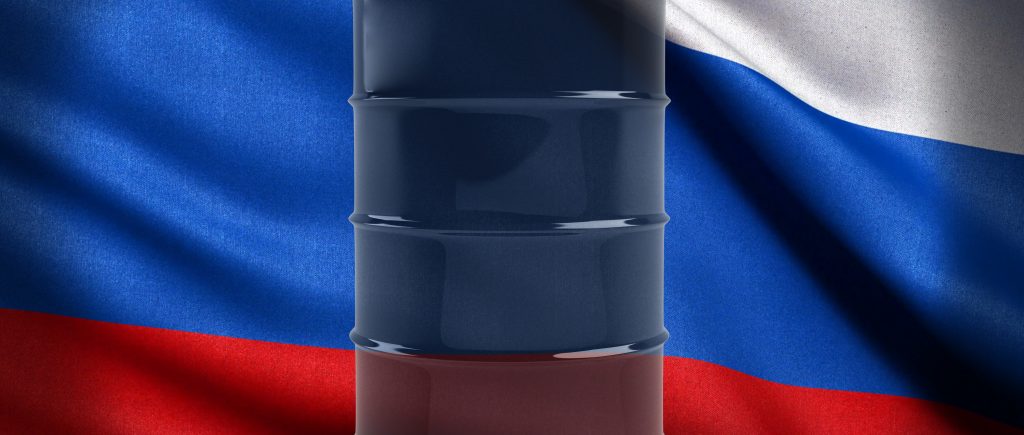Oil prices extended their upward trajectory on Monday, reaching a five-month high on worries about potential supply disruptions impacting major importers like China and India. These concerns stem from the wide-ranging sanctions imposed by the US on Russia, targeting oil executives, traders, and a significant number of vessels involved in Russian oil exports.
China, like India, may be increasingly reluctant to purchase Russian oil. This follows India’s avoidance of Russian oil transported in sanctioned tankers or insured by sanctioned Russian entities. Friday witnessed a significant oil price surge of nearly 4%, triggered by the US’s imposition of wide-ranging sanctions on Russia. These sanctions target key figures in the oil sector, traders, and over 180 vessels, bringing the total number of sanctioned ships to 451.
Oil prices surged on Monday, reaching a five-month high with West Texas Intermediate (WTI) crude climbing nearly 3% to settle at $78.82 per barrel and Brent crude reaching $81.01 per barrel. This surge was driven by concerns over potential supply disruptions to major importers like China and India, following the imposition of wide-ranging sanctions on Russian crude oil.
Key Drivers Behind Oil Price Rally:
Impact of Sanctions on Russian Oil Exports: The US sanctions have significantly restricted Russia’s ability to export oil, raising concerns about potential supply shortages in the global market. China and India, major oil importers, may face difficulties sourcing crude from Russia due to the sanctions, tightening overall supply.
Increased Heating Demand: Colder-than-expected temperatures have boosted energy demand for heating purposes, leading to a rise in fossil fuel consumption, including oil. This seasonal demand surge has further contributed to the recent price increase.
Falling Stockpiles: Declining global oil stockpiles have also added upward pressure on prices. This trend suggests that demand is currently outpacing supply, potentially leading to a price correction in the absence of increased production.
OPEC+ Production Plans and Price Forecasts:
Production Increase Plans: The Organization of the Petroleum Exporting Countries (OPEC) and its allies (OPEC+) have signaled plans to gradually increase oil production later in 2025 as they unwind their previous production cuts. However, these production increases may not be enough to fully offset the potential supply disruptions caused by the sanctions on Russia.
Analyst Price Forecasts: Despite the recent rally, some analysts predict that Brent oil prices will average around $73 per barrel for 2025. This forecast suggests that the current price increase may be temporary, with prices potentially stabilizing or even moderating later in the year.
Uncertainty Surrounding China’s Oil Buying
Shifting Chinese Policy: There are indications that China, similar to India, may become more cautious in purchasing Russian oil due to the sanctions. Concerns about sanctions compliance and potential disruptions in transportation and insurance are leading some Chinese refiners to avoid Russian oil.
The recent surge in oil prices reflects a confluence of factors, including supply disruptions caused by Russia sanctions, increased seasonal demand, and declining stockpiles. While OPEC+ plans to increase production later in the year, the impact of these increases on overall supply remains uncertain. Analyst forecasts suggest that oil prices may stabilize or even moderate in the latter part of 2025. The evolving situation with China’s oil buying practices adds another layer of complexity to the global oil market outlook.

 Noor Trends News, Technical Analysis, Educational Tools and Recommendations
Noor Trends News, Technical Analysis, Educational Tools and Recommendations




